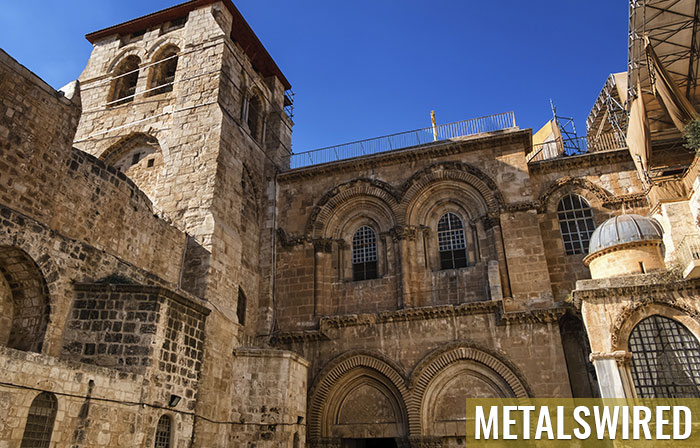
Young scholars Ido Kadosh, Ofir Siegel, Dotan Miller and Harel Green from Kibbutz Yifat found treasure while they were on a school trip in the Galilee last February.
After the four ninth-graders turned the coin in to the proper authorities, coin enthusiasts in the region and around the world were more than a little excited to see such a rare find. It appears to be in very good condition and is an example of the commerce that used to flow through the city of Nahal Zippori when it was minted.
“This type of coin is known as a solidus, a gold coin minted in Constantinople, today’s Istanbul, by Theodosius II, around 423-420 CE,” said Gabi Bichovsky, a coin expert at the Antiquities Authority.
The very same man’s effigy is featured on one side with Victoria, the goddess of Victory, on the other.
The weight and purity of the metal determined the value of the coins. B, and the main coin of the Byzantine Empire for 700 years was the solid gold nomisma or solidus. That’s a pretty good life for currency.
In its glory days, Nahal Zippori was the capital of the region and the seat of the Sanhedrin, an ancient Jewish court system that was abolished when Theodosius II came into power. This city was also the location of the major mint, with others found in Italy, Sicily, and North Africa.
The solidus underwent many changes and challenges during its long life, but its current value can only be considered as priceless, especially since it is the only one of its kind that has been found in the Galilee.
As thanks for turning in this precious find, Kadosh, Siegel, Miller, and Green were awarded a certificate of good citizenship.
It’s not yet clear whether more of its kind will be found, but experts seem to be hopeful.